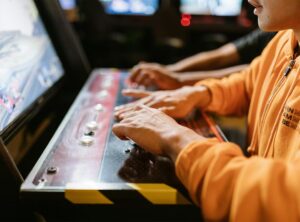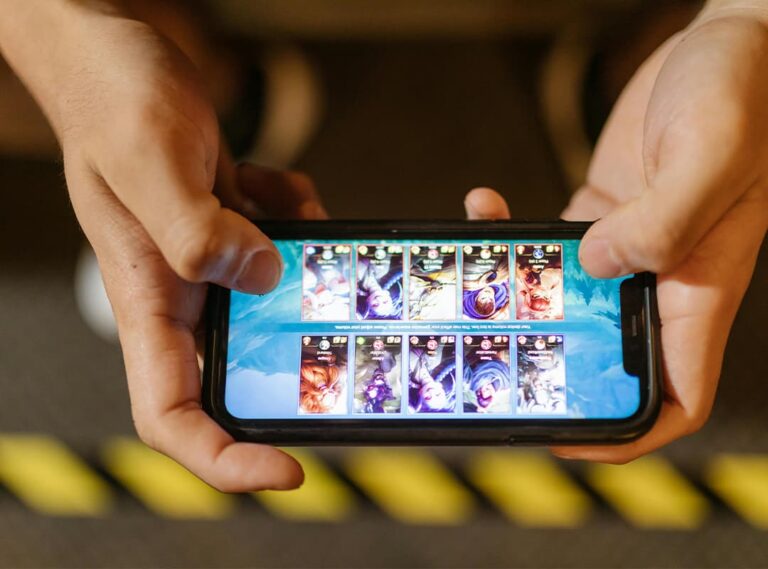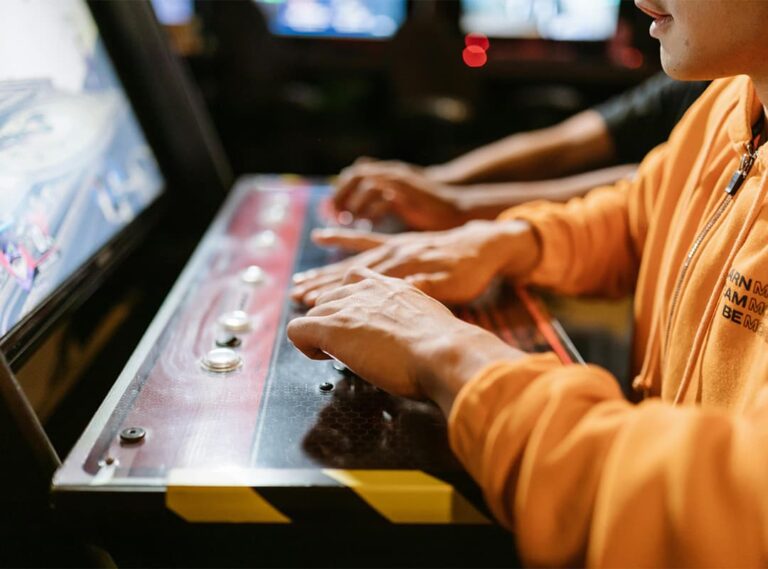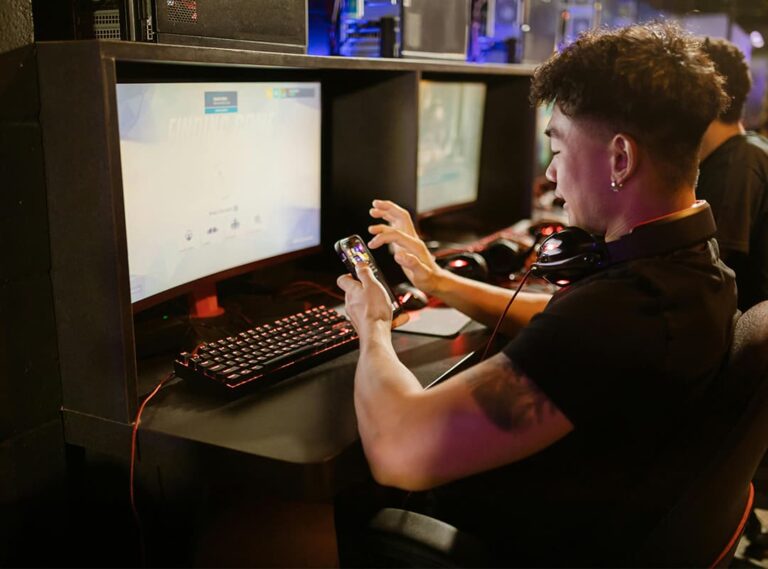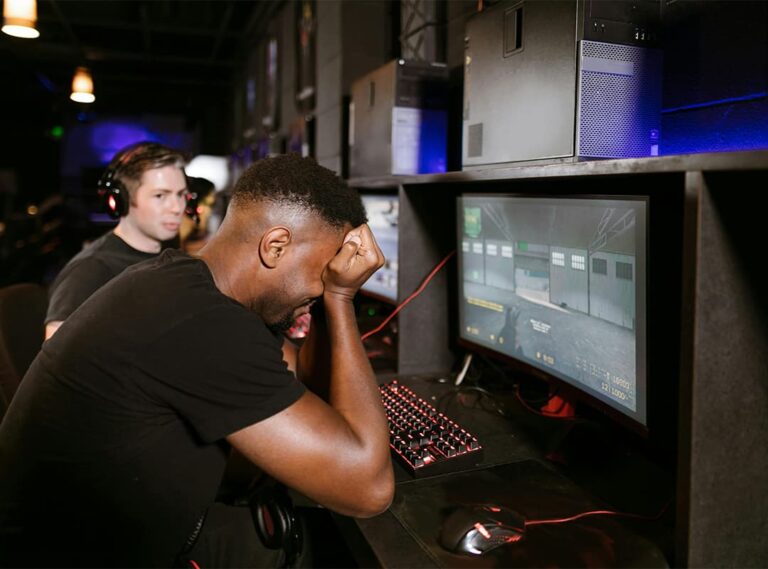Non-Fungible Tokens (NFTs) have made a significant impact on the gaming industry, enabling true ownership of digital assets, innovative gameplay mechanics, and new economic opportunities. However, not all NFT implementations have been successful. Some have enhanced player experiences, while others have been marred by controversy, poor execution, or exploitative practices.
In this article, we’ll examine the best and worst examples of NFT use in gaming, highlighting what works and what doesn’t in this rapidly evolving space.
The Best Examples of NFT Use in Gaming
1. Axie Infinity: Play-to-Earn Pioneer
Why It Worked:
- Axie Infinity introduced players to the concept of play-to-earn (P2E), allowing them to earn cryptocurrency and NFTs through gameplay.
- Players could breed, trade, and battle Axies (NFT creatures) on a blockchain-based platform.
- The game provided economic opportunities, particularly in regions with lower incomes, where some players earned a living through Axie.
Key Takeaway:
Axie Infinity demonstrated the potential of NFTs to create new gaming economies, but it also faced challenges with sustainability due to its reliance on continuous growth.
2. Gods Unchained: True Ownership of Cards
Why It Worked:
- As a blockchain-based trading card game, Gods Unchained allowed players to truly own their cards as NFTs.
- Unlike traditional digital card games, players could trade or sell their cards outside the game ecosystem.
- The game preserved competitive integrity by ensuring that matches were skill-based, not pay-to-win.
Key Takeaway:
Gods Unchained successfully leveraged NFTs to give players control over their collections without compromising the core gaming experience.
3. The Sandbox: Building a Metaverse
Why It Worked:
- The Sandbox combines gaming with virtual real estate, allowing players to buy, sell, and develop land parcels as NFTs.
- The platform encourages creativity, enabling users to design games, create art, and monetize their contributions.
- Partnerships with major brands like Atari and Snoop Dogg have boosted its appeal.
Key Takeaway:
By focusing on user-generated content and interoperability, The Sandbox showcases how NFTs can empower creators and communities.
4. Sorare: Fantasy Football with Real Value
Why It Worked:
- Sorare is a fantasy football game where players collect and trade NFT-based player cards.
- The cards are not just collectibles—they are integral to gameplay, as users build teams and compete in tournaments.
- Partnerships with major football leagues add legitimacy and excitement.
Key Takeaway:
Sorare combines gaming, sports fandom, and NFTs into a cohesive and engaging experience, appealing to a broad audience.
The Worst Examples of NFT Use in Gaming
1. Evolved Apes: A Cautionary Tale
What Went Wrong:
- Evolved Apes promised an NFT-based fighting game but failed to deliver.
- The anonymous developer disappeared with approximately $2.7 million in funds, leaving investors with worthless NFTs.
Key Takeaway:
The project highlighted the risks of investing in unverified and overhyped NFT games. Transparency and accountability are critical for success.
2. Ubisoft Quartz: The Backlash Against Corporate NFTs
What Went Wrong:
- Ubisoft introduced Quartz, an NFT platform for in-game items in Ghost Recon Breakpoint.
- The gaming community criticized the move as a cash grab, noting that the NFTs provided no significant gameplay benefits.
- Poor communication and a lack of understanding of player sentiment led to widespread backlash.
Key Takeaway:
NFTs must enhance gameplay and offer clear value to players, rather than being perceived as a way for companies to monetize further.
3. Pixelmon: Overhyped and Underwhelming
What Went Wrong:
- Pixelmon raised $70 million in an NFT sale, promising a high-quality gaming experience.
- The artwork revealed after the sale was poorly designed, leading to widespread ridicule and loss of trust.
- Despite later improvements, the project became a meme for overpromising and underdelivering.
Key Takeaway:
Hype can attract attention, but delivering on promises is essential to maintain credibility in the NFT space.
4. Cryptoland: Unrealistic Aspirations
What Went Wrong:
- Cryptoland promised to be a utopian NFT-based virtual world but failed to materialize due to unrealistic goals and poor execution.
- Marketing missteps and a lack of transparency further eroded trust in the project.
Key Takeaway:
Overambitious projects without clear execution plans often fail, damaging player trust in NFT-based gaming.
Lessons Learned: What Makes or Breaks NFT Gaming Projects
Success Factors:
- Player-Centric Design: Successful games prioritize fun and engagement, with NFTs serving as enhancements rather than the primary focus.
- Transparency and Accountability: Clear communication and reputable teams are crucial for building trust.
- Sustainability: Projects should avoid speculative economies and instead focus on long-term value.
Failure Factors:
- Overhyped Promises: Unrealistic expectations lead to disappointment and loss of trust.
- Lack of Utility: NFTs without meaningful gameplay integration feel like unnecessary cash grabs.
- Community Neglect: Ignoring player feedback or concerns often results in backlash.
NFTs have the potential to transform gaming, offering true ownership, new revenue streams, and innovative gameplay mechanics. However, their success depends on thoughtful implementation that prioritizes players and sustainability.
The best examples of NFT use in gaming show how these technologies can enhance experiences, while the worst serve as cautionary tales of greed, overhype, and mismanagement. As the industry matures, the focus should shift from speculative hype to creating value-driven, player-first ecosystems.

